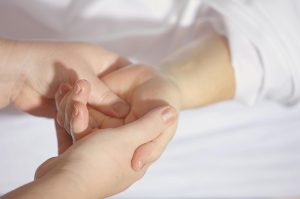
Free Shipping on $50+
Did you know you have a superpower? It is the vagus nerve that is the gateway to improved myofascial health and overall well-being.

The vagus nerve is one of the 12 cranial nerves and is part of the autonomic nervous system. The autonomic nervous system houses the sympathetic nervous system, the “fight or flight” system, and the parasympathetic nervous system, or the “rest and digest” system. The vagus nerve is known as the “wandering” nerve through the body and makes up approximately 75% of the nerve tissue in the parasympathetic nervous system. The parasympathetic nervous system controls the body’s ability to relax. The vagus nerve starts in the brainstem and moves through the face and thorax to the abdomen. The vagus nerve controls part of the parasympathetic nervous system, sends information between the digestive, heart, and brain, and communicates with the body’s myofascial system. The body’s myofascial system is made of the muscular (myo) system and the fascial system.
The vagus nerve is responsible for many functions in the body:
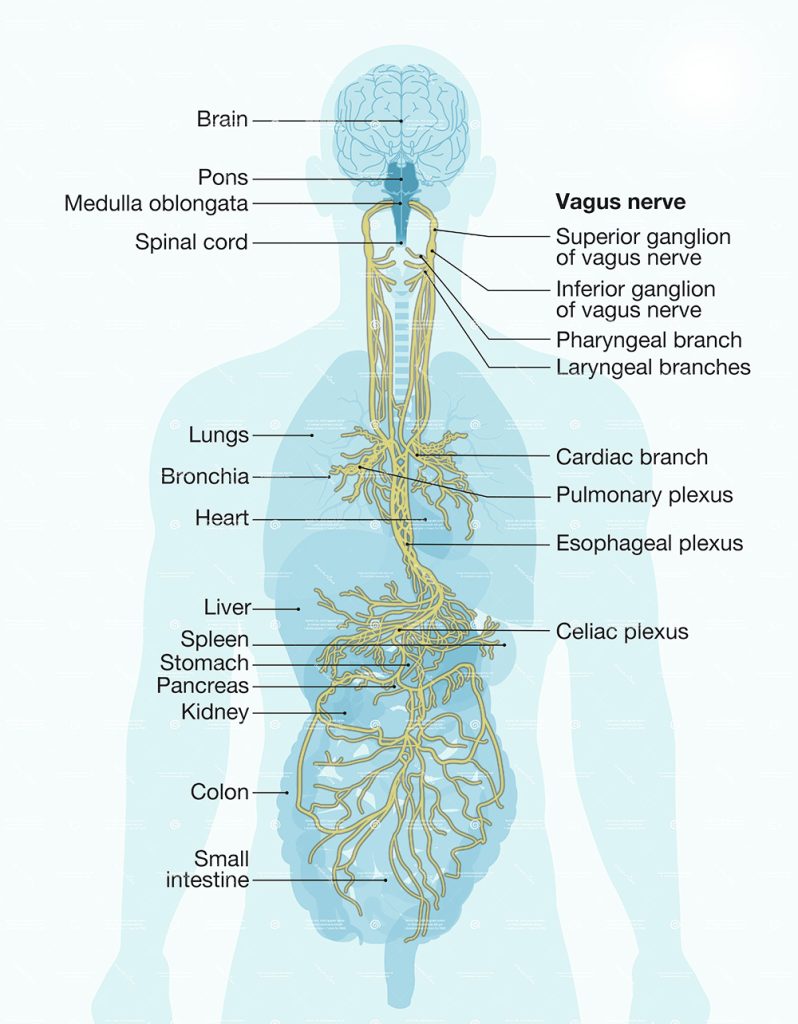
The health of the vagus nerve can be defined as vagal tone or strength and is measured by heart rate variability or HRV. HRV is the beat-to-beat interval fluctuations or the length of time between heartbeats. A higher HRV indicates higher vagal tone/strength and better overall health, wellness, and resiliency.
According to Webmd.com, HRV in healthy adults is between 19 and 75 milliseconds. Typically, HRV is measured by an EKG in traditional medical settings. Wearable technology such as smartwatches and heart rate monitors can also measure heart rate variability (HRV). A higher HRV allows the body to adapt to stress better and become more resilient. One system of the body that is impacted is the myofascial system.
Muscles, or “myo” and fascia, are interconnected components of the body’s myofascial system. They work with the skeletal system to support movement and stability. Muscles contract and relax to produce movement, while fascia is the connective tissue surrounding and supporting muscles.
Fascia is the connective tissue surrounding and connecting every muscle, organ, and structure in the body. It is a web-like matrix of collagen and other proteins that provide support and stability while allowing flexibility and movement.
Fascia can be divided into three main categories:
The fascia plays a crucial role in transmitting force, providing structural integrity, and maintaining optimal function within the body. Dysfunction or restrictions in the fascia can lead to pain, limit range of motion (ROM), and affect overall health and movement patterns. Fascia plays a significant role in proprioception, the body’s ability to sense its position in space and detect movement. The fascia contains many sensory nerves and receptors that allow communication with the brain and the vagus nerve.
These receptors relay information about the body’s position, movement, and pressure to the brain, allowing for precise coordination and control of movement. Fascia’s interconnected structure also influences proprioception by transmitting tension and force throughout the body, aiding in maintaining balance, stability, and posture. The proper functioning of muscles and fascia and their proprioceptive input is essential for adequate movement, posture, injury prevention, and overall body awareness.
The fascia and the vagus nerve relationship are vital in the body’s communication and regulation system. Fascia contains many sensory nerves, allowing the vagus nerve to communicate changes in the fascia to the brain. Have you sat at a desk too long and got up only to feel neck and lower back stiffness? This stiffness or muscle tension is possibly due to tight or restricted fascia or muscle knots. The vagus nerve sends information about the changes in fascia to the brain, where the information is processed and interpreted. The brain responds by telling the body to adjust its position to relieve the tightness or by telling the body to relax. We can practice techniques such as self-myofascial release (SMR) to improve the connection or relationship between the fascia and the vagus nerve. Dysfunction in the vagus nerve can interrupt the communication between the sensory nerves and receptors in the fascia. This can lead to pain, chronic muscle tension, muscle knots, and myofascial pain.
Self-myofascial release, or SMR, is a technique that involves using tools like hand-held foam rollers, balls, or foam rollers to apply pressure to specific areas or points on the body. The pressure helps release tension in the fascia and muscles.
There are many techniques to improve the connection between the vagus nerve and fascia, such as deep breathing, meditation, yoga, massage therapy, and engaging in other relaxing activities. Another technique is foam rolling and SMR. Research indicates that foam rolling and other forms of self-myofascial release (SMR) can increase vagal tone and decrease muscle tension following a foam rolling session (Lastova et al., 2018). Another study found that performing myofascial release on the suboccipital muscles or the muscles at the base of the skull can influence HRV (Silva et al., 2021).
Self-myofascial release techniques (SMR) and foam rolling for 30 -60 seconds, followed by stretching, can release adhesions or tight fascia and help the fascia and muscles relax. Other benefits of self-care and SMR include giving the parasympathetic nervous system a chance to relax, increasing vagal tone/strength, managing and coping with stress, boosting immunity, and improving gut health, intestinal motility, and cravings.
Let’s examine several myofascial techniques incorporating world-class Tiger Tail tools.
These techniques are part of the Tiger Tail Method: Strengthen the Vagus Nerve.
Email [email protected] for more information on this program.
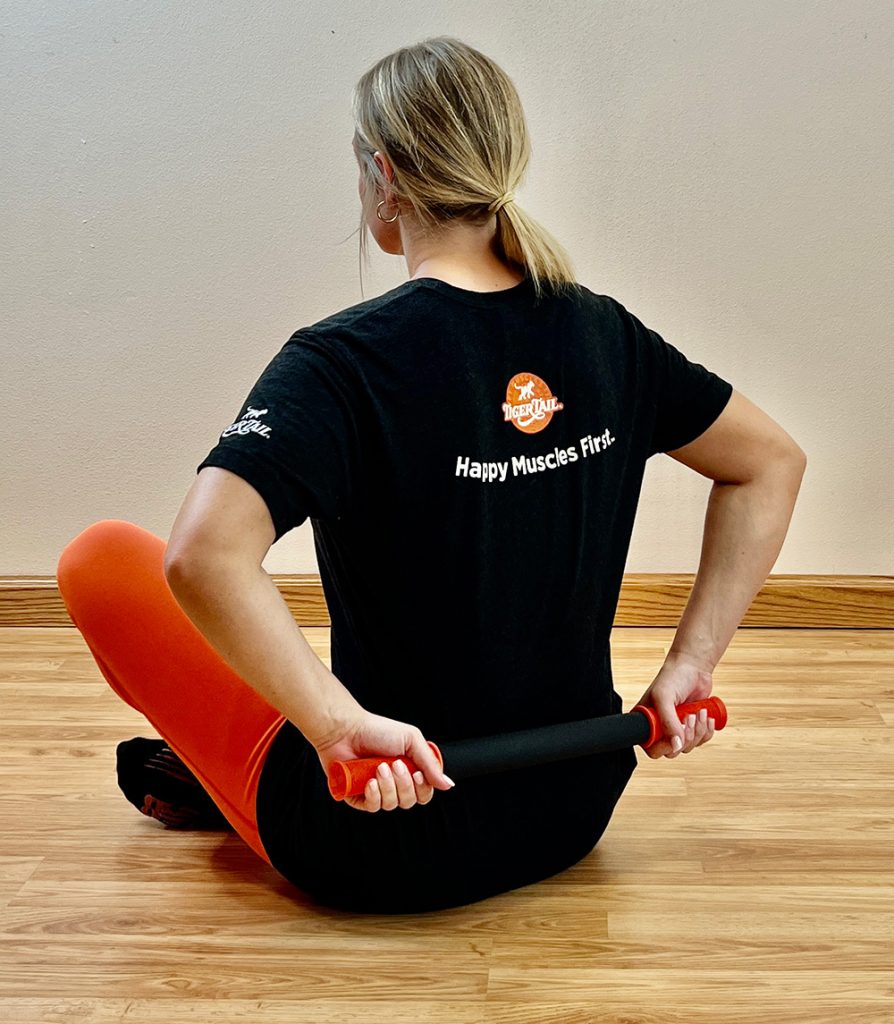
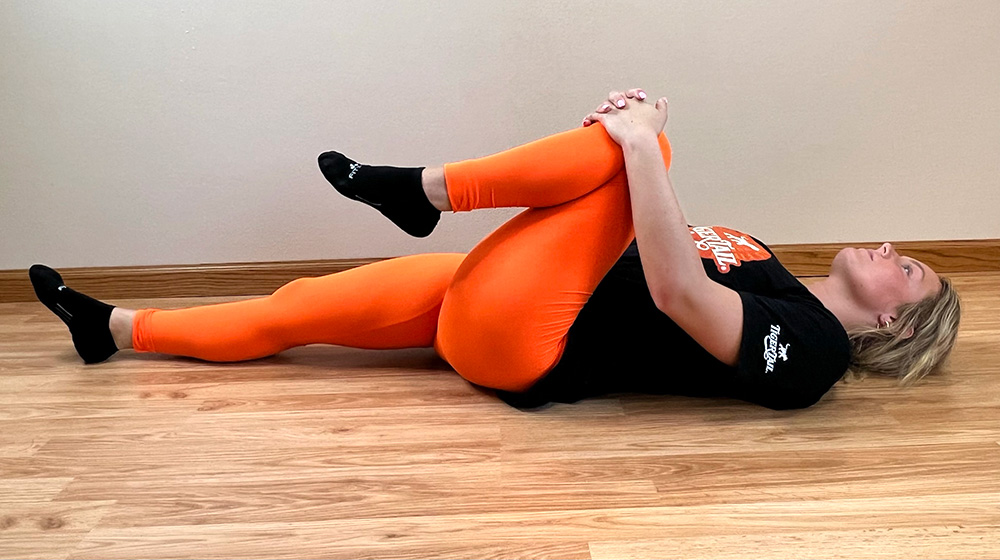
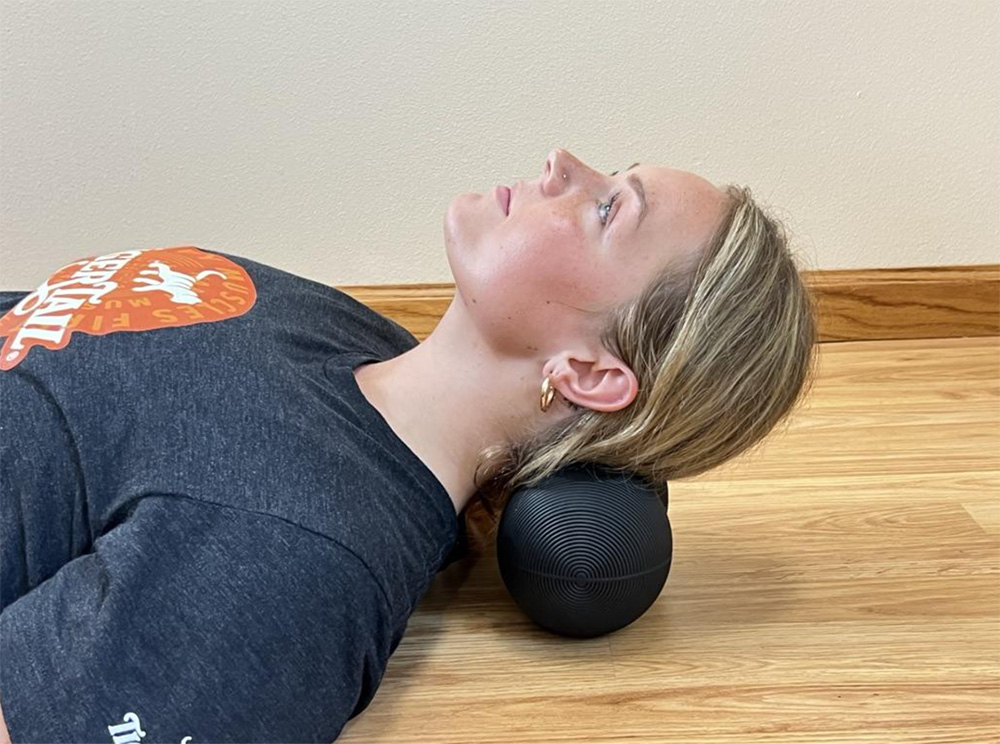
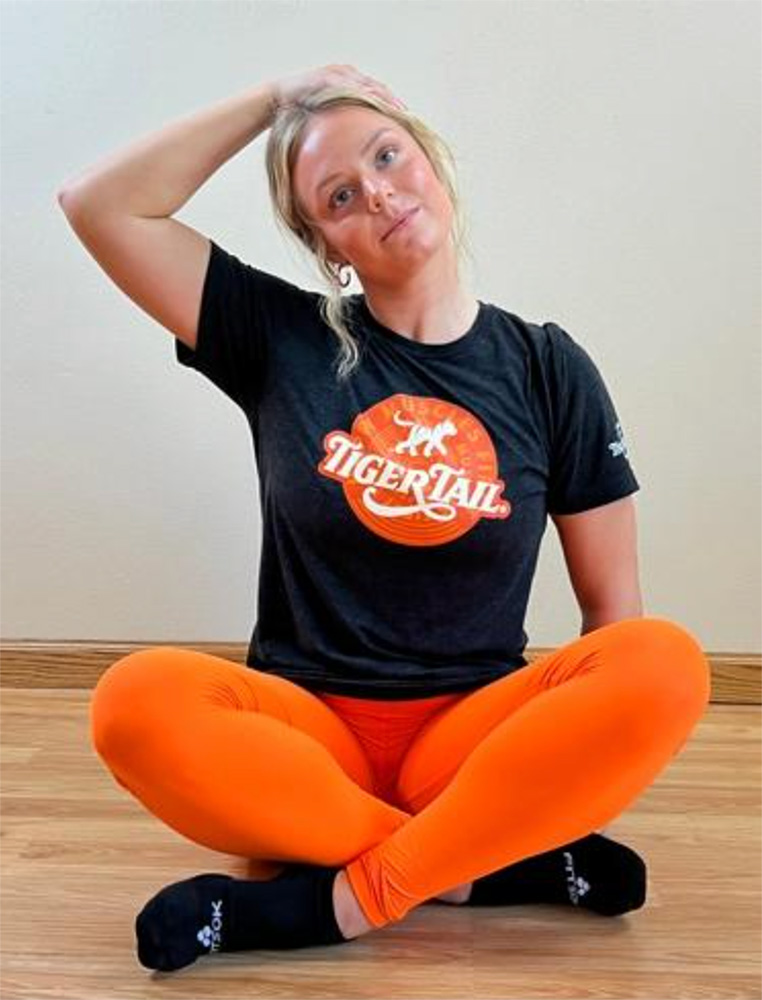
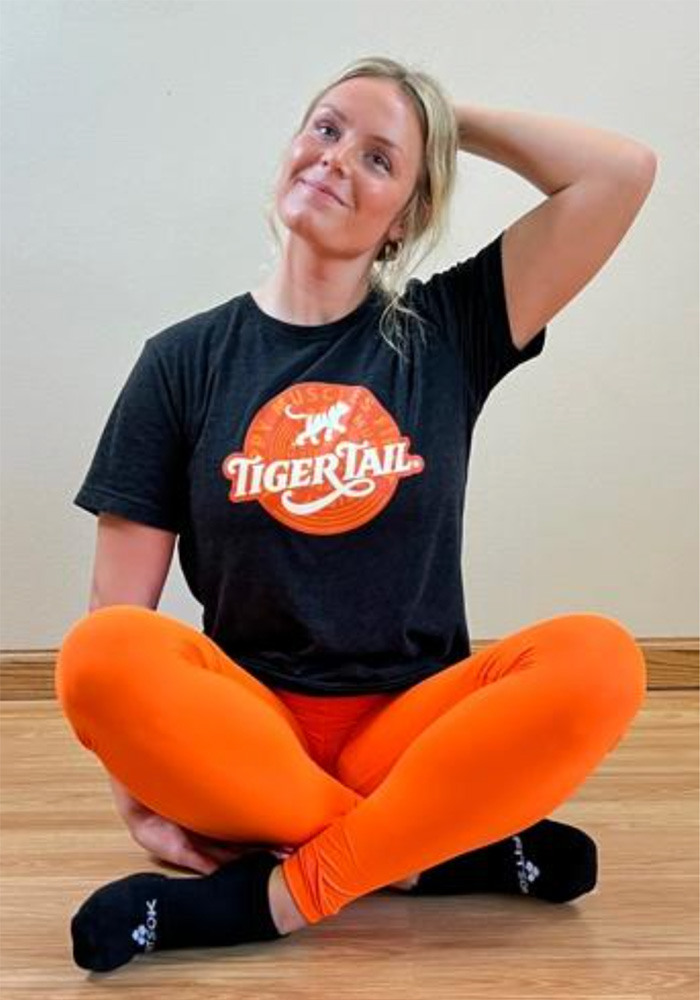
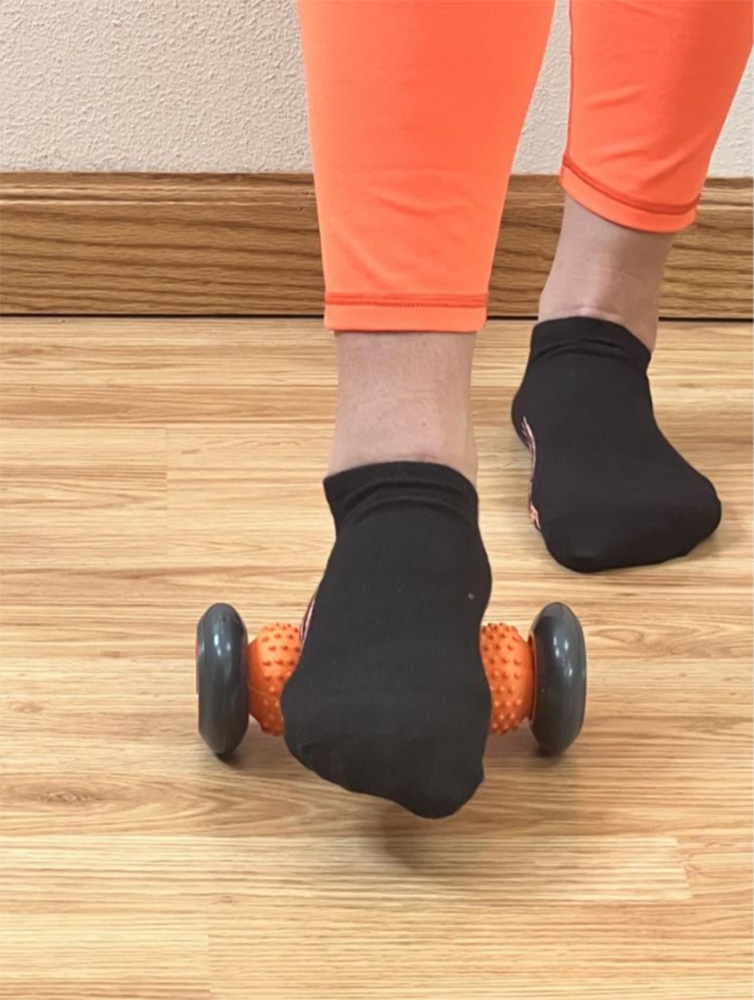
The tools used in the Tiger Tail Method: Strengthen the Vagus Nerve includes The Original ™ 18”, Tiger Ball ® 5.0, Tiger Footsie Foot Massage Roller, The Happy Muscles® Book, Acupressure Energy Mat, and Knotty Tiger ® Ice.
For more information on Tiger Tail courses and tools, visit www.tigertailusa.com or email. We will present sessions on the Vagus Nerve and Myofascial Release, Goodbye Back Pain, and Tiger Tail Recovery for Longevity at SCW Atlanta, SCW Dallas, SCW Midwest, and SCW Boston.
References
Lastova, K., Nordvall, M., Walters-Edwards, M., Allnutt, A., & Wong, A. (2018). Cardiac Autonomic and Blood Pressure Responses to an Acute Foam Rolling Session. Journal of Strength and Conditioning Research, 32(10), 2825–2830. https://doi.org/10.1519/JSC.0000000000002562
Silva, B.L., de Oliveira, L.A., Costa, C.M., Guimarães, C.Q., Leonardo Sette Vieira, L.S., & Pernambuco, A.P. (2021). A pilot study of the effects of suboccipital fascial release on heart rate variability in workers in the clothing industry: Randomized clinical trial, Journal of Bodywork and Movement Therapies, 25, 223-229. ISSN 1360-8592, https://doi.org/10.1016/j.jbmt.2020.10.020.
Stay Up-to-Date!

Dr. Julie Zuleger has over 20 years of experience as a Licensed Massage Therapist, Certified Strength, and Conditioning Specialist (CSCS), Corrective Exercise Specialist, RYT-500 Yoga Instructor, and Human Movement Specialist. Julie promotes self-care using massage tools and stretching-based programs and teaches continuing education courses for yoga teachers, massage therapists, athletic trainers, strength and conditioning, fitness, and wellness professionals. Julie holds a PhD in Education and is the Director of Kinesiology and Education at Tiger Tail USA.